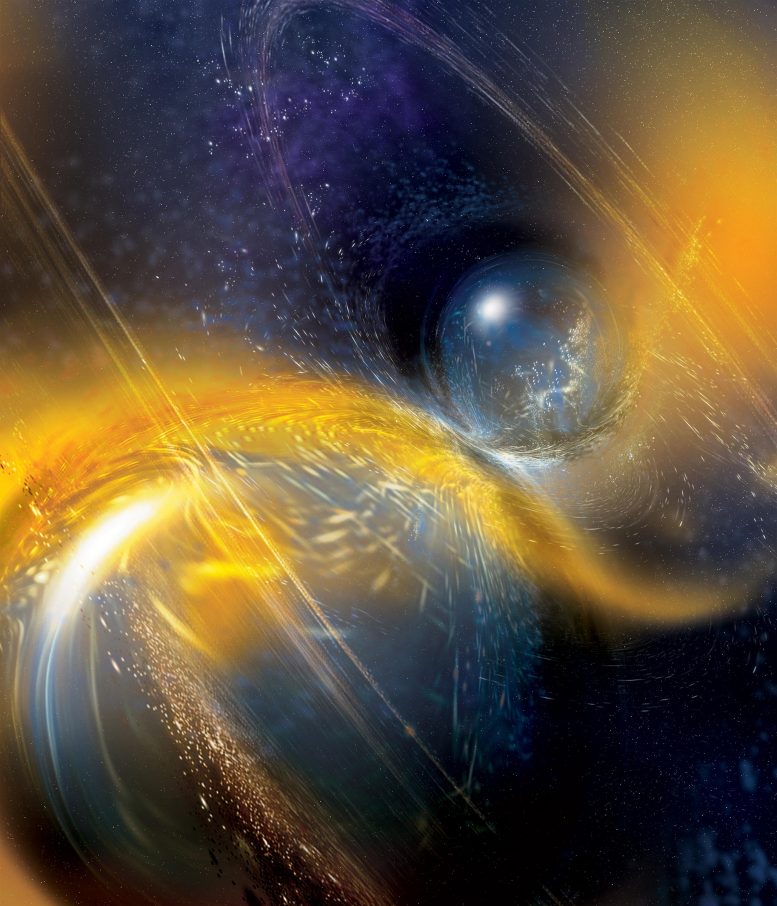
Artist’s rendition of a binary neutron star merger. Credit: National Science Foundation/LIGO/Sonoma State University/A. Simonnet
Rapidly rotating, asymmetric neutron stars that undergo free precession can produce both modulated pulse signals and continuous gravitational radiation with characteristic features, and thus are potential interesting multi-messenger astrophysical sources.
Studies have been carried out to characterize the electromagnetic and gravitational-wave signals from freely-precessing neutron stars, mostly focused on biaxial stars; however, in the most generic cases, triaxially-deformed neutron stars demonstrate more complex features as a result of free precession. In this study, co-authored by OzGrav Associate Investigator Lilli Sun from Australian National University (who was working with Caltech at the time of this research), scientists extend previous work and derive the dynamical evolution of a generic, triaxially-deformed, freely-precessing neutron star with both analytical and numerical approaches.
If the neutron star is observed as a pulsar via radio and/or X-ray telescopes, the free precession could introduce observable characteristic modulations in both the timing and width of the pulse signals, depending on the wobble angle and other source properties. Moreover, free precession of a triaxially-deformed neutron star could manifest as additional lines in the spectra of continuous gravitational waves, detectable by the ground-based gravitational-wave detectors like Advanced LIGO, Virgo, and KAGRA.
The researchers introduce a numerical method to integrate the equations of motion in generic cases where analytical solutions are difficult to derive. The timing residuals, pulse-width modulations, as well as the gravitational-wave spectra of a precessing triaxial star, are presented with concrete examples. The results in this work provide guidance for future multi-messenger studies of triaxially-deformed, freely-precessing neutron stars.
Multi-messenger observation of precessing neutron stars will become promising with future high-precision electromagnetic observations (e.g., NICER X-ray timing) and next-generation gravitational-wave detectors (e.g., Einstein Telescope and Cosmic Explorer). Combining characteristic features in radio/X-ray signals and continuous gravitational waves of precessing neutron stars allows scientists to obtain valuable information about the source properties, e.g., the wobble angle, the non-axisymmetry and oblateness of the star. These measurements could shed light on the long-standing questions about the neutron star internal structure and the supranuclear matter equation of state.
Reference: ” Triaxially deformed freely precessing neutron stars: continuous electromagnetic and gravitational radiation” by Yong Gao, Lijing Shao, Rui Xu, Ling Sun, Chang Liu and Ren-Xin Xu, 17 August 2020, Monthly Notices of the Royal Astronomical Society.
DOI: 10.1093/mnras/staa2476

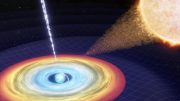
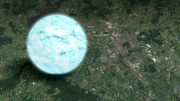

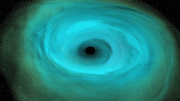
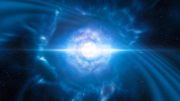
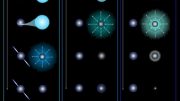
Can someone translate this to “dumb language” for me?